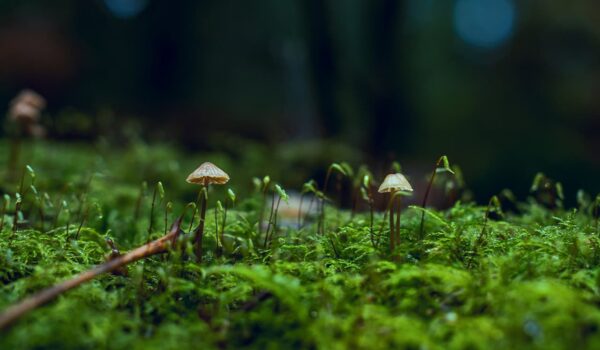Mycology and algology are fundamental biological disciplines. They familiarize students with the diversity of phototrophic and heterotrophic thallom organisms previously classified as lower plants. Algae play a huge role as the major formers of organic matter in the world’s oceans. Fungi are the major reducing organisms on land. Many species of fungi cause diseases in plants, animals and humans. Fungi and algae are known as producers of a variety of biologically active substances: antibiotics, enzymes and other valuable metabolites.
Contents of the training program
- Position of mycology and algology objects of study in the general system of the organic world;
- Searching for information about objects on the Internet;
- Methods of research of algo- and mycobiota diversity;
- Basics of cell biology of algae;
- Vegetative thallomes of algae;
- Algal reproduction and life cycles;
- Diversity of algae;
- Algal Ecology;
- Biological basis of human use of algae;
- Cultivation of algae for food and industrial purposes;
- Algae as laboratory objects;
- Structure of vegetative body and basics of cell biology of fungi (kingdom Fungi);
- Reproduction and life cycles of fungi (kingdom Fungi);
- Diversity of fungi (kingdom Fungi);
- Ecology of fungi;
- Biological basis of human use of mushrooms;
- Cultivation of mushrooms for food and industrial purposes;
- Fungi as laboratory objects;
- Structure and some aspects of biology of fungus-like organisms (divisions Oomycota and Labyrinthulomycota);
- Free-living slime molds (division Myxogasteromycota);
- Parasitic slime molds (Plasmodiophoromycota).

